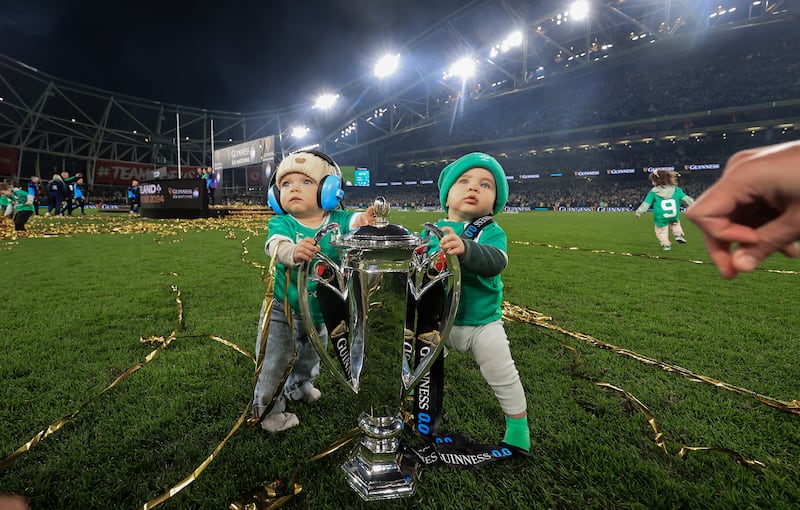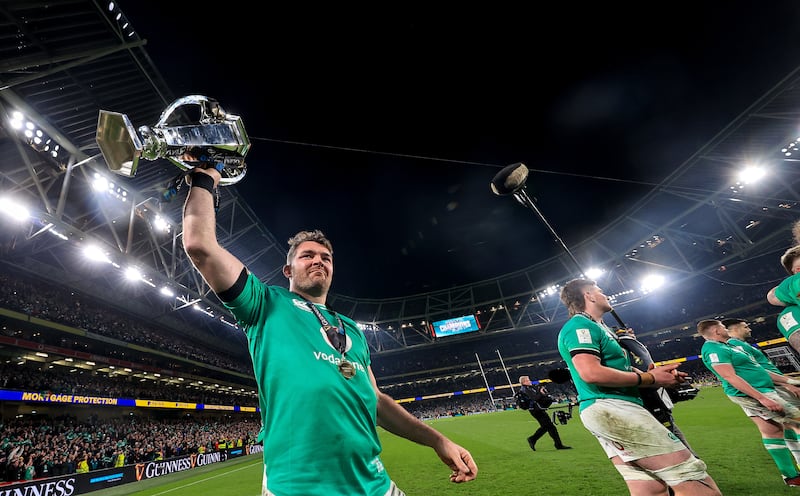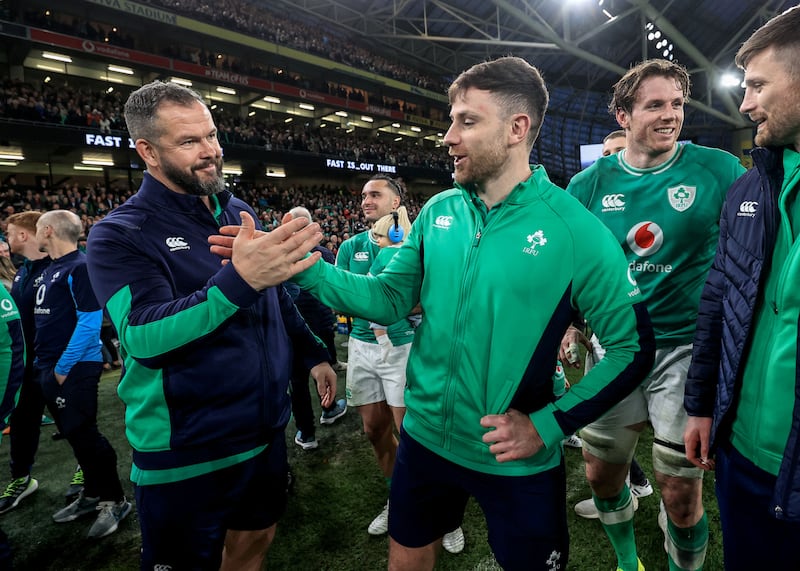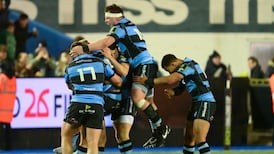The headlines read, “Ireland win 2024 Six Nations Championship”. What lies beneath is less relevant for those that brought about the triumph, at least for a few weeks. The Irish coaches and players could not care less about aesthetics at the moment – the most important look right now is the pictures taken with the trophy.
But they will soon start the process of digging into the details, pondering the how, what, why, where and when. The review will leave no stone unturned.
I wrote last week that Ireland had one more test and that the lessons would follow. Andy Farrell’s side passed the test, only just, and there were some anxious moments as the game reached a conclusion particularly after Scotland centre Huw Jones scored that late try; ultimately Ireland secured the result if not the performance they craved.
As the dust settles on the Six Nations, Ireland find themselves in the enviable position of having secured the silverware. The other countries are left primarily with regrets, with the exception perhaps of Italy, for whom this Six Nations is hopefully a watershed moment. The road that Gonzalo Quesada’s squad travelled offered a view of what is achievable.
Wins over Scotland and Wales and a draw with France, which would have been even better but for the place-kick fiasco, offer something tangible upon which to build. France would love to have several matches over again; they lost to Ireland, but they would also have fallen to Scotland and Italy but for some outrageous good fortune.
[ Owen Doyle: The Six Nations was good, but France should have finished fifthOpens in new window ]
Fabien Galthié’s side played better as the tournament progressed, so too England, the only team to beat Ireland and who came within a whisker of another momentous win against France in Lyons. In contrast, Ireland started the Six Nations brilliantly with that superb victory in Marseilles and, even though they kept winning until the Twickenham setback, there was a touch of a team running out of steam.
It’s to their credit that they found the wherewithal to keep going but it must be acknowledged that they’ll be happy there isn’t another game next weekend. Farrell and his coaches will get a chance to assess, digest and reflect on the Six Nations campaign.

The analysis will be forensic, as it should be. There are questions to be answered. Why did the initial momentum generated subside to a point that left them vulnerable in the last two matches? Was there anything internally that they could have done better or refined or have teams figured out Ireland’s attack?
Those issues or areas that require improvement ultimately didn’t cost Ireland in terms of the outright success, and now the coaching group can take the time to find a genuine fix rather than a patch, which is what usually happens during a tournament.
There are cycles to every team, in personnel and playbook. Cast your mind back to the 2018/2019 season where Ireland adopted a possession-based game that yielded multiple wins against New Zealand.
In that final match in November 2018, there were the early signs of how to counteract the Irish attacking patterns. Ireland finished third in 2019 Six Nations: teams had begun to figure out the style of play and ways to neutralise it. Joe Schmidt doubled down on that approach right up to the World Cup later that year in Japan. It backfired. The Irish attack had become a little predictable.

Gregor Townsend said in the post-match press conference that teams have identified how to defend Ireland, either through the English high press or the approach taken by Scotland and Wales, who opted not to contest at the breakdown and instead defend with 13 players in the frontline and two in the backfield.
The premise is that Ireland will have plenty of possession, but you’re making them run into bodies not space. Scotland made 233 tackles to Ireland’s 116. Time and time again Irish players had to carry into traffic, which slowed down the Irish ruck speed, allowing Scottish players to get back to their feet and repopulate the defensive line.
The Scottish brief employed last Saturday was born out of a template put in place by England and Wales: don’t play too much against Ireland, kick long, stay in the defensive battle and you are in with a shout. Scotland kicked for close to 1,000 metres, and at various times you could see Finn Russell fighting his instincts to attack and pursuing tactical kicking options.
The sheer determination of the Scottish players constantly frustrated Ireland, and it forced the home side into a kicking game at which we are not as proficient as we may have once been. Jack Crowley took the right options when the momentum petered out in our multiphase attack in the last third of the field.

He stabbed the ball through to keep Ireland in the right areas and build pressure. The pressure that Scotland put on Ireland’s attack insinuated its way into our kicking game, too often putting boot to ball off the back foot while seeking an antidote to pressure. We are so used to watching Ireland play off the front foot, where kicking is usually the last option, so it is understandable that it won’t be our strongest attacking gambit.
The upshot for Farrell as he ponders the summer tour to South Africa is that he has to understand what is within his control and what is outside of it. I think it is very useful that he was there in 2019 when things unravelled, and that experience will be very important as he looks ahead to the two Tests against the Springboks.
One area that is outside of his control is players at his disposal: I think injuries to James Ryan and Mack Hansen had a big impact in the later stages of the Six Nations. The creativity of Hansen and the physicality of Ryan aren’t easily replicated.
The workload of Jamison Gibson-Park eventually caught up with him. He was impressive at the weekend, but looks just marginally off his best, the same with Tadhg Beirne and Calean Doris. The lessons from 2019 are clear, the mental and physical demands on players take a mental and physical toll over a protracted period.
Winning comes with a tariff. Opposition defence analysts might feel they have the Irish number of late, but for me it feels a little more down to mental fatigue in the Irish camp. The same core group has been going for a long time now. A bit of rest, a few new faces and Ireland can push on once again.
















